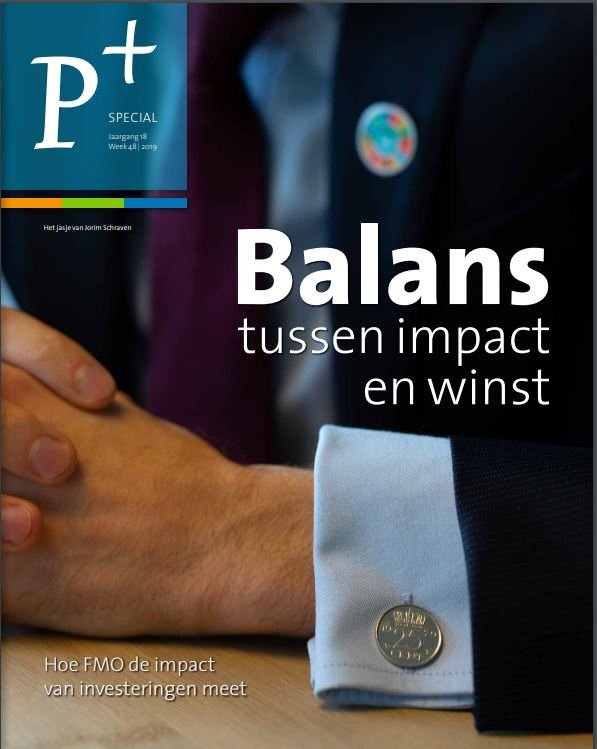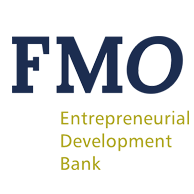Each year, the Dutch development bank FMO creates hundreds of thousands of jobs by targeted investments in developing countries. 615 thousand jobs were reported in the 2018 annual report. In the first half of 2019, 227 thousand again. Director Impact and ESG Jorim Schraven of FMO expects an even higher number this last six months, he says in an interview with P +.
Every year, "Job Machine" FMO publishes figures about the impact achieved, related to the capital invested in this period. In the first half of 2019, FMO managed to "support" 227 thousand jobs by investing a total of one billion euros in loans. This gives substance to Sustainable Development Goal (SDG) 8: decent work and economic growth. Some of these investments also supported SDGs 10 and 13; Reducing Inequality and Climate Action.
The jobs in 2019 are in addition to the 615 thousand jobs previously reported in the 2018 annual report. In the P + Special "Balance between impact and profit" Schraven explains how these figures should be read.
Schraven: “Our report states ‘job supported’; emphasizing ‘supported’. There is an interesting dilemma in measuring impact. You can state very reliably and clearly: for example, 885 people work in the company in which we have invested. Since the investment, the number of jobs has increased by 50. That is clear. But the question is: how informative is the development impact? The most inefficient sewing workshop in Bangladesh gives a lot of direct jobs with a small investment. While a large-scale energy project only provides a few jobs in the construction and even less once the project is operational. But what does that energy project do for the local economy? Thanks to the investment, electricity becomes available and more factories can be started, which also create jobs. We try to estimate how many there are with a macroeconomic model. How valuable our investment is for economic activity and therefore the development of a country. So what we are saying here is that with 586 million euros, plus the investments that we can mobilize with other parties, we have invested a total of 1 billion, supporting 227 thousand jobs. In addition, we not only look at the amount of jobs that are created, but also at the quality of those jobs. "
The figures are the result of the way FMO measures the impact. This does not only happen in the social field, but also about the amount of CO2 emissions avoided by the investments.
Schraven says: “It is still true that the quality of financial information is better than that of impact measurements. The numbers are harder. You ultimately want the quality of impact data to improve significantly, that we make it just as comparable. We have a harmonization agenda for exactly that. "
Schraven also makes a distinction between short and long-term impact. “If you want to have an impact by no longer making a profit, or by taking irresponsible risks, you risk losing the long-term impact. You are therefore looking for a balance. But the biggest assignment is certainly on the impact side, because there is still a lot to improve. ”
Schraven advises readers of P+ to look regularly at the website carbonclock which indicates how much CO2 the world can still emit, before the temperature on earth will rise by an average of 1.5 degrees Celsius: 341 gigatons and only eight years to go (position 13 Nov. 2019). In order to achieve this goal, he advocates increasing the 100 billion a year in public financing for emerging economies agreed in the Paris Climate Agreement.
Schraven in P +: “I don't think you're going to get there with the 100 billion a year. If you see what it takes to make that transition and the speed at which it should ... it would start by doubling the amount. So to the 200 billion."
Click on the image below to download the full P+ Special 'Balance between impact and profit' (in Dutch)



